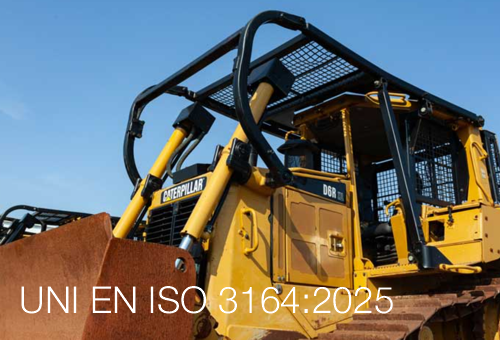Probabilities in Safety of Machinery
Probabilities in Safety of Machinery
Part 1: Risk Profiling and Farmer Matrix
The new control system standard ISO 13849-1 deals with the theoretical probabilities of hypothetical individual events; however, it avoids depicting them as relative frequencies. For the practical design engineers, a relative frequency approach is a more comprehensible form, because with the relative frequency a reconciliation with statistically acquired data is possible. This article closes some explanatory gaps caused by the one-sided emphasis on theoretical probability. In doing so, four contributions are provided in the context of field experience:
1. the concept of probability and the basic principles of distribution functions are elucidated using an “hourglass analogy”,
2. fitting of an empirical Weibull distribution in order to evidence the theoretical requirements,
3. risk profiling method: plausibly stretched “risk snapshots” integrated to a “risk film” over the machine’s lifetime,
4. proposals for a probabilistically founded dimensioning of enclosure.
This part 1 shall serve for a better understanding of the probabilistic concept, in particular for ongoing discussions of the merging of IEC 62061 & ISO 13849-1 into IEC/ISO 17305 in the Joint Working Group (JWG 1). Part 2 addresses more the practical design of machine tools and the corresponding standardization work of ISO/TC 39/SC 10 and before in CEN/TC 143. Together, part 1 and 2 are also intended to connect the world of International Standardization with the network of International Probabilistic Research, e.g. ESREL. For the sake of comparison with reality, a separate third paper of (Günnel et al. 2014) shows empiric findings of field data analyses
Part 2: Theoretical and Practical Design
As stated in part 1 of the article, standard ISO 13849-1 deals with the theoretical probabilities of hypothetical individual events and the possibility of reconciliation of this theoretical approach with empiric field data is partly neglected. In part 2 the problems arising during the real design of SRP/CS (Safety Related Part of a Control System) of machines are addressed on the background of relevant safety standards. Using the informative theoretical appendix A of ISO 13849-1 to determine the Performance Level required (PLr) may cause sometimes technically impracticable requirements, which are far beyond the state of the art in existing type C standards. For the sake of connection between theory and practice, the probability of occurrence of a hazardous situation must be taken into account in order to appropriately consider the required risk reduction of a SRP/CS in the context of the three-step-method of ISO 12100. For this purpose two practical solutions are provided:
1) a methodology for PLr definition for safety functions considering a realistic probability of occurrence of hazards, using a hybrid approach of ISO 13849-1 and IEC 62061.
2) A "table based" methodology for the design of machine tool control system considering all the realistic "occurrences" as stated also in the “new” ISO/TR 14121-2
Those two contributions are extracted from the work during the ISO/TC 39/SC 10/WG4 meetings (ISO/CD 16090 for milling machines). The selected safety function for 2.) is very similar to the safety function “prevention of unexpected start-up of a movement of a linear or rotational axis with an incorrectly clamped workpiece” of the standard ISO 16090-1. This safety function was chosen in another paper of Mödden, Günnel for ESREL 2014. Therein, the analysis of field data of real milling machines shows that a reliability between PL=a and PL=b is actually being achieved with state of the art design. This finding connects quite well theory and practice of state of the art milling machines.
Armin Bornemann Deckel Maho, Pfronten, Germany
Yannick Froese Fachhochschule, Frankfurt am Main, University of Applied Sciences
Luca Landi Department of Engineering, University of Perugia, Perugia, Italy
Heinrich Mödden German Machine Tool Builders Association, Frankfurt am Main
Allegati
|
Descrizione |
Lingua |
Dimensioni |
Downloads |
 |
|
IT |
756 kB |
4144 |

































